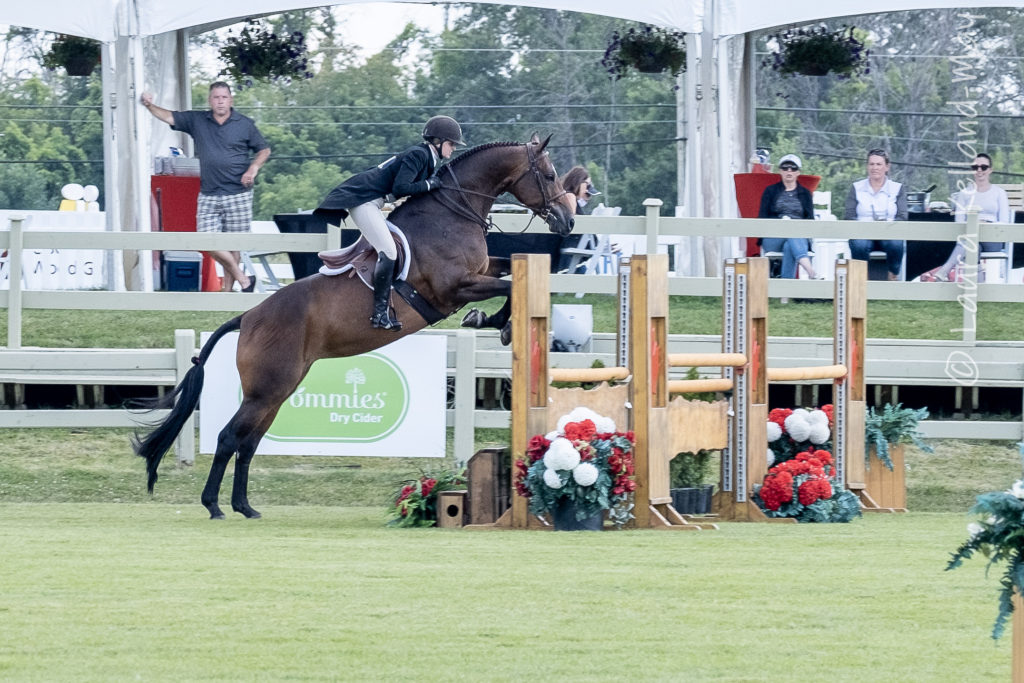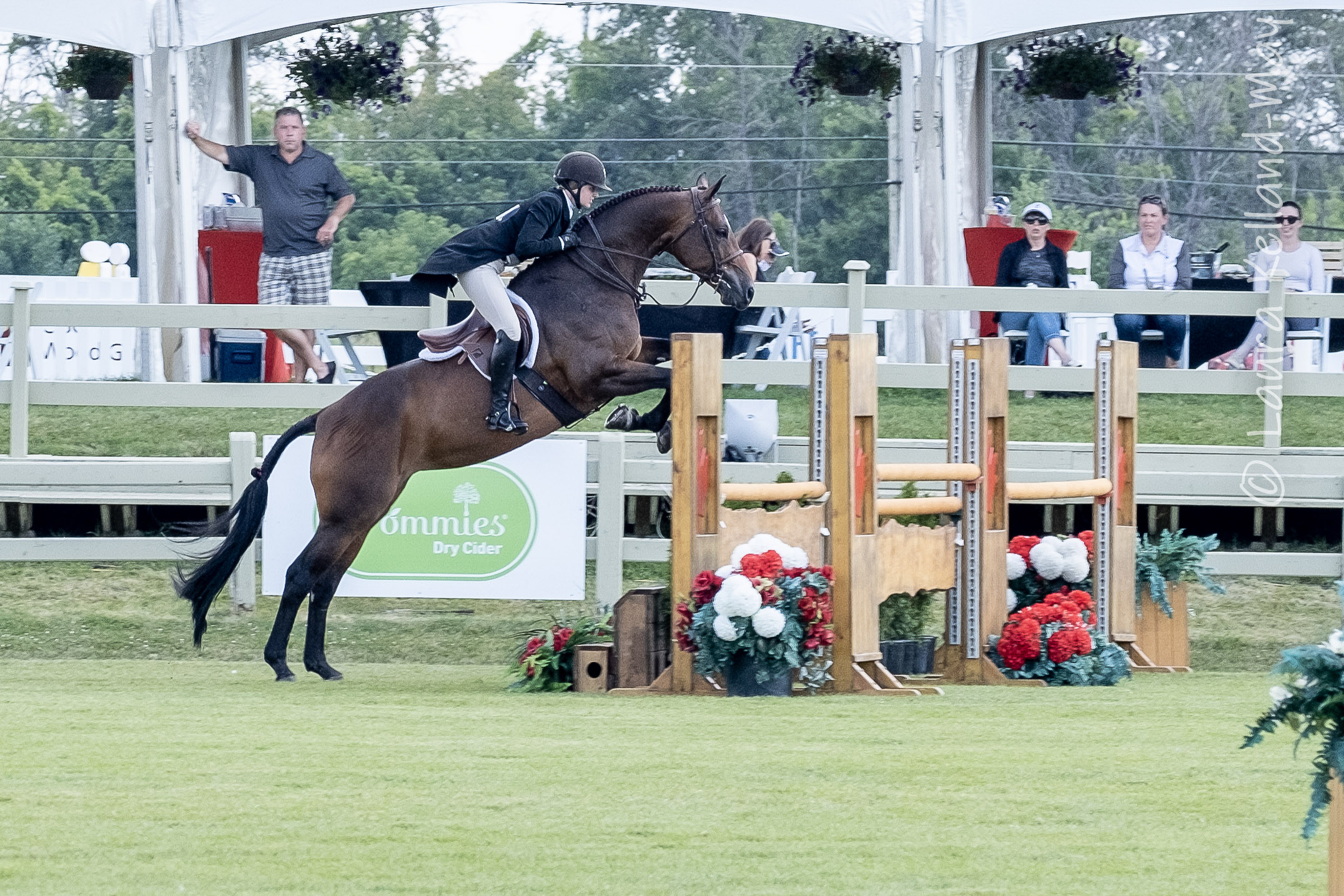Are you able to show this year?
Before heading into competition, make sure that you know the rules. Nothing is more irritating to the judge than having to explain rules to disappointed competitors. I had one woman stop -on course, in the middle of her round and ask me, “excuse me, what is the next jump?”
“If I tell you, I’ll have to eliminate you.”
It really didn’t matter much. She looked great but stopping to ask for directions during your hunter round is not a good idea.
If you are competiting in local, schooling or even breed shows it is always a good idea to contact the show secretary to get, and confirm the rules for the competition. Sometimes training shows have specialty rules that are followed.

Common Rules
Some of the more common rules are known – like 2 cumulative refusals and you’re out. But what constitutes a refusal? Do you know?
According to FEI Article 221 (Federation Equeste International) a refusal is considered
“when a horse halts in front of an obstacle, which it must jump whether or not the horse knocks it down or displaces it.”
FEI Article 221 (Federation Equeste International
That’s the easy description. But there are many interpretations of ‘stopping’ and other considerations that are judged. There are also, run outs, resistance and an uncorrected deviation from the course.
A refusal can be penalized if the halt in front of the jump is prolonged, or if the horse steps back, either voluntarily or not, even a single pace, it counts. This means if the horse jumps from a stand still, that is prolonged, it counts as a refusal.
This is where the subjectivity comes in to play. What is considered prolonged? For me I try to be consistent. I cound 2 seconds, or 2 Mississippi-s (one Mississippi, two Mississippi) if the horse’s front legs have not left the ground by the finish of my second Mississippi, then, for me, that is a refusal. Usually if they haven’t started to jump by two seconds the horse and rider have already decided that they aren’t jumping the fence.
What About Sliding Through a Jump
We’ve all seen horses slide through a jump. They get ready to jump and at the last minute just don’t lift their legs and end up sliding through the jump. It sounds horrible. The poles go flying and it is often accompanied by gasp from the spectators.
When this happens the judge must decide immediately if it is scored as a refusal or a knockdown. A refusal would require that the bell be rung and the competitor must stop immediately and retake the obstacle after it has been rebuilt.
If the judge feels that the horse attempted to jump the jump but slid through it, the rider will continue and be penalized for a knockdown.
If on the otherhand the judge decides that the horse did NOT attempt to jump, then the bell is sounded (whistle blown), the timers are stopped and the jump is remade and the athlete is then required to retake the jump.
A Run Out
A run out is when the horse goes by the jump without jumping it. It can very succinctly described as when “ a horse or any part of the horse goes by the extended line of the obstacle to be jumped”.
Here’s a pro-tip
If you are riding in a competition and have a “run out”, take your time on your re-approach. So often, as a judge, I see athletes get very frazzled and rush through their preparation for the approach to the jump for the second time. If this happens to you,
relax,
take a deep breath,
get organized
and then re-approach. And sometimes it is better, at schooling show and training shows, to approach in trot to allow the horse some time to process what jjust happened. Better to approach slowly and under control than to pull your horse around off balanced and have another bad fence.
A run out is considered a disobedience and is penalized as such. That is 4 penalties for the table A jumpers and the time taken for the speed or Table C jumpers.
A Resistance
A resistance is also considered a disobedience and is penalized as such. A resistance is when a horse refuses to go forward, stops, steps back or makes one or more ½ turns. If the rider stops the horse for any reason it can also count as a resistance. This may only be allowed if the course is rebuilt improperly. If the horse is ‘resisting’ for 45 consecutive seconds the horse/rider will be eliminated as per FEI Article 240.3.4.
Before you head out to your next competition take a review of the rules to familiarize yourself with what to expect when you head into the competition arena.

 Try these three powerful exercises to get strengthen your position.
Try these three powerful exercises to get strengthen your position.
